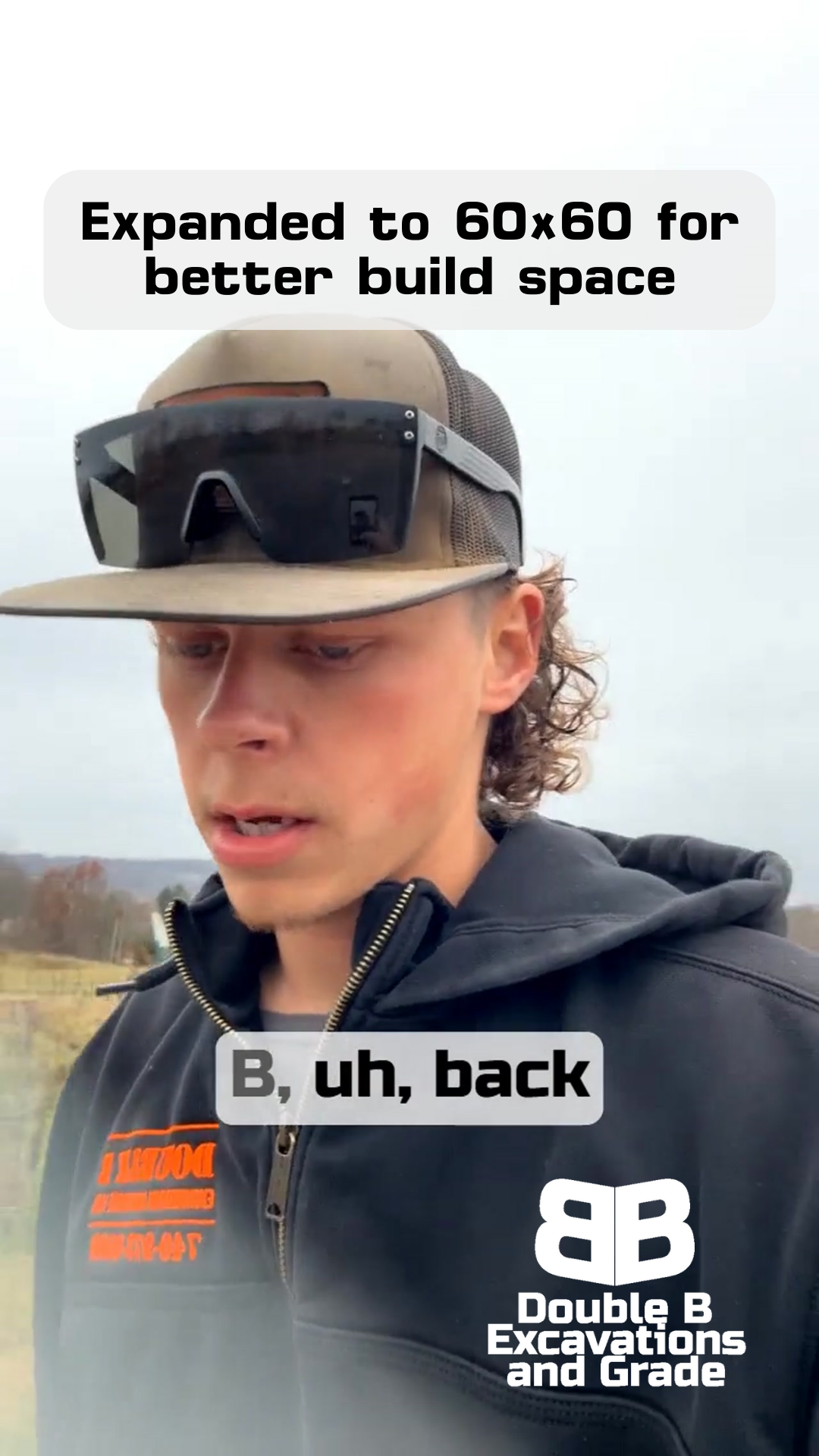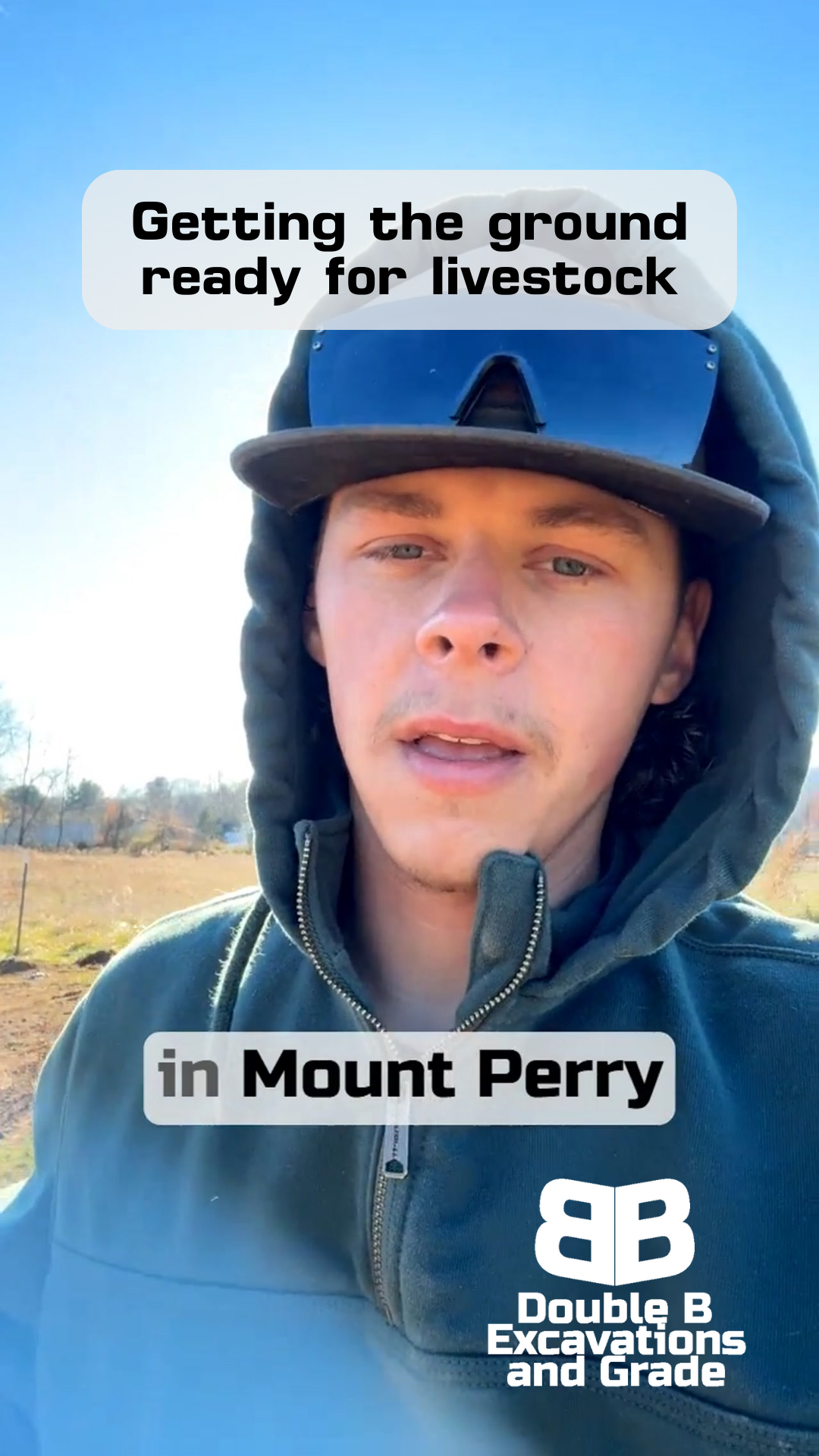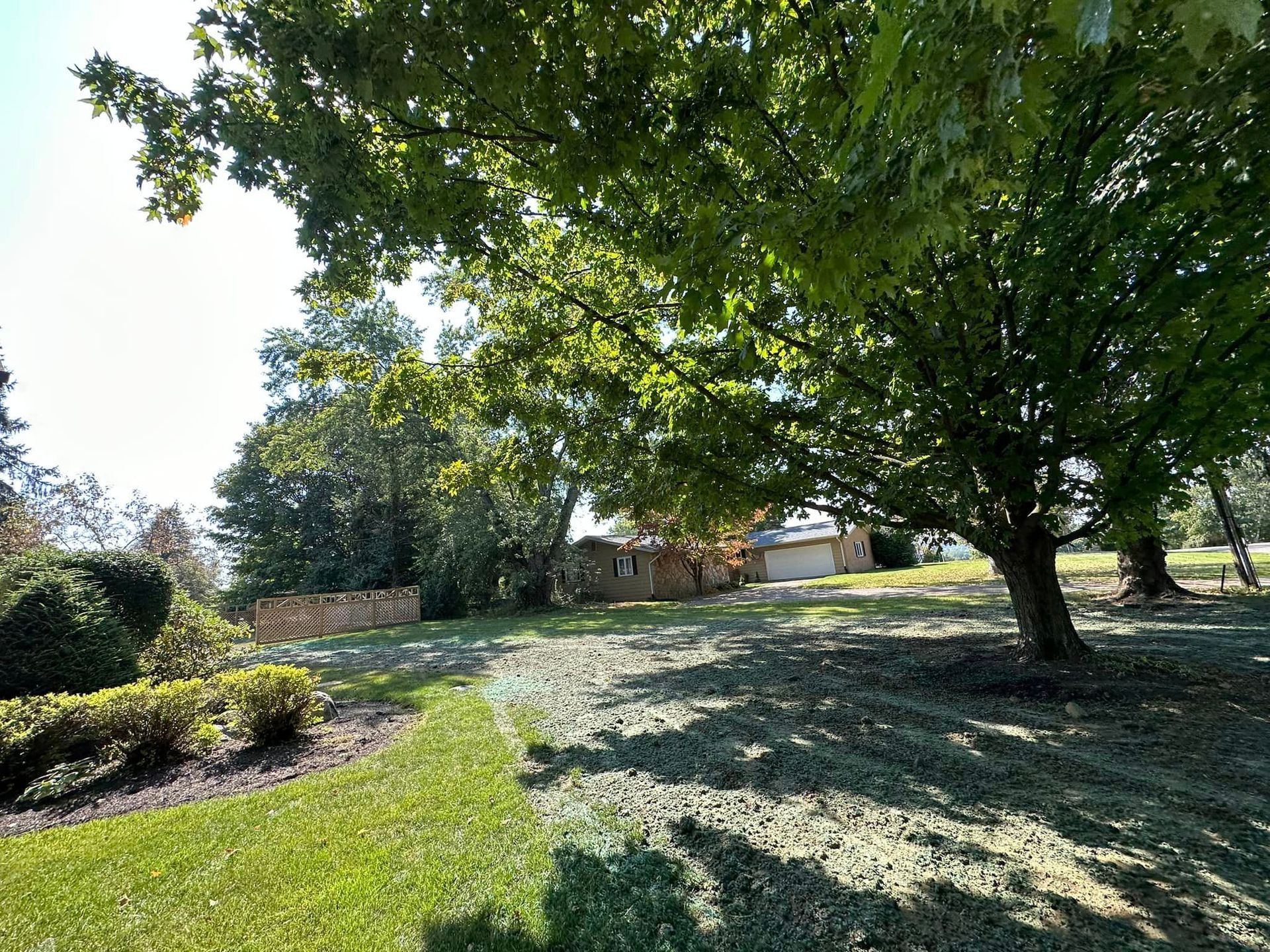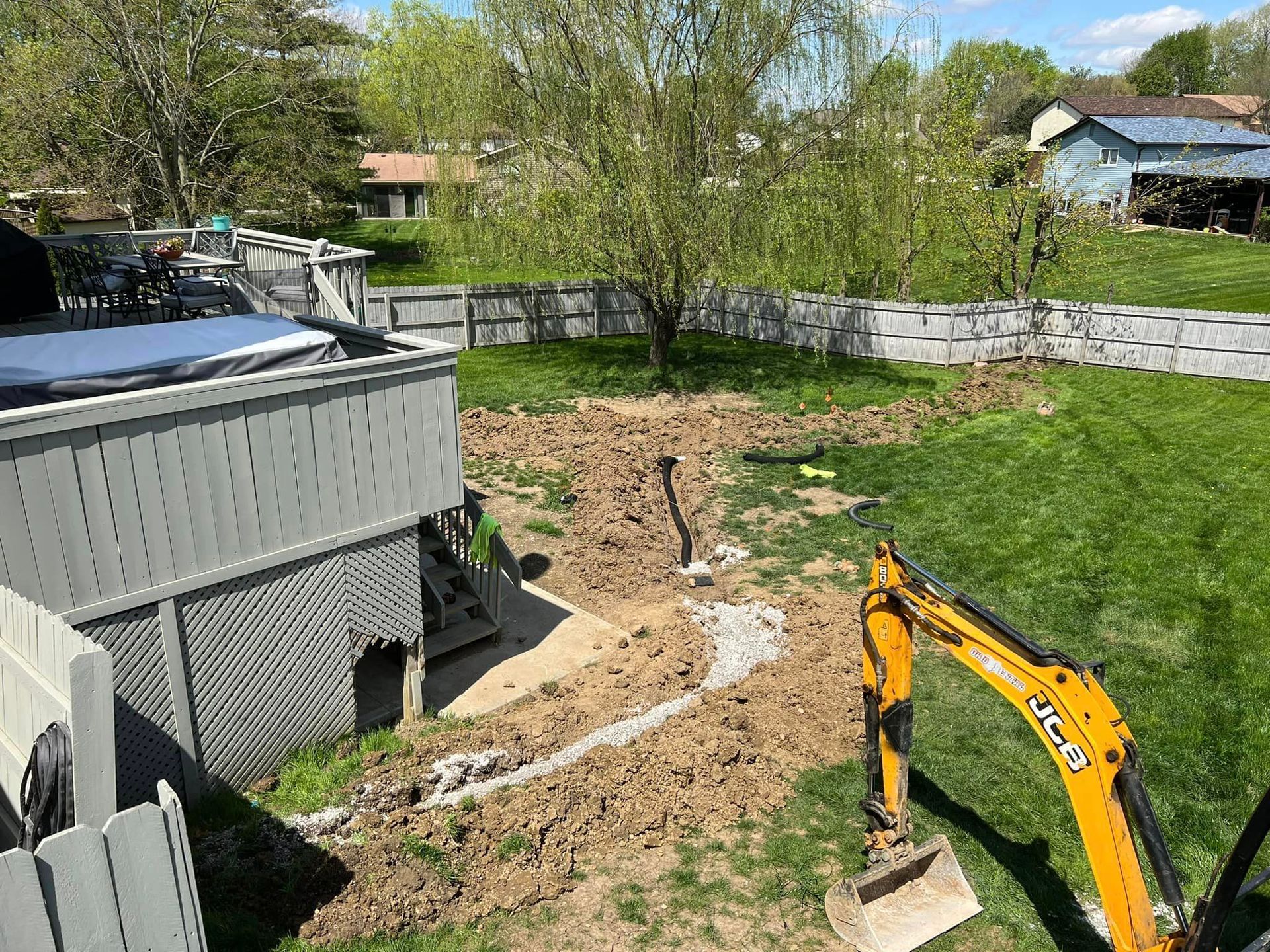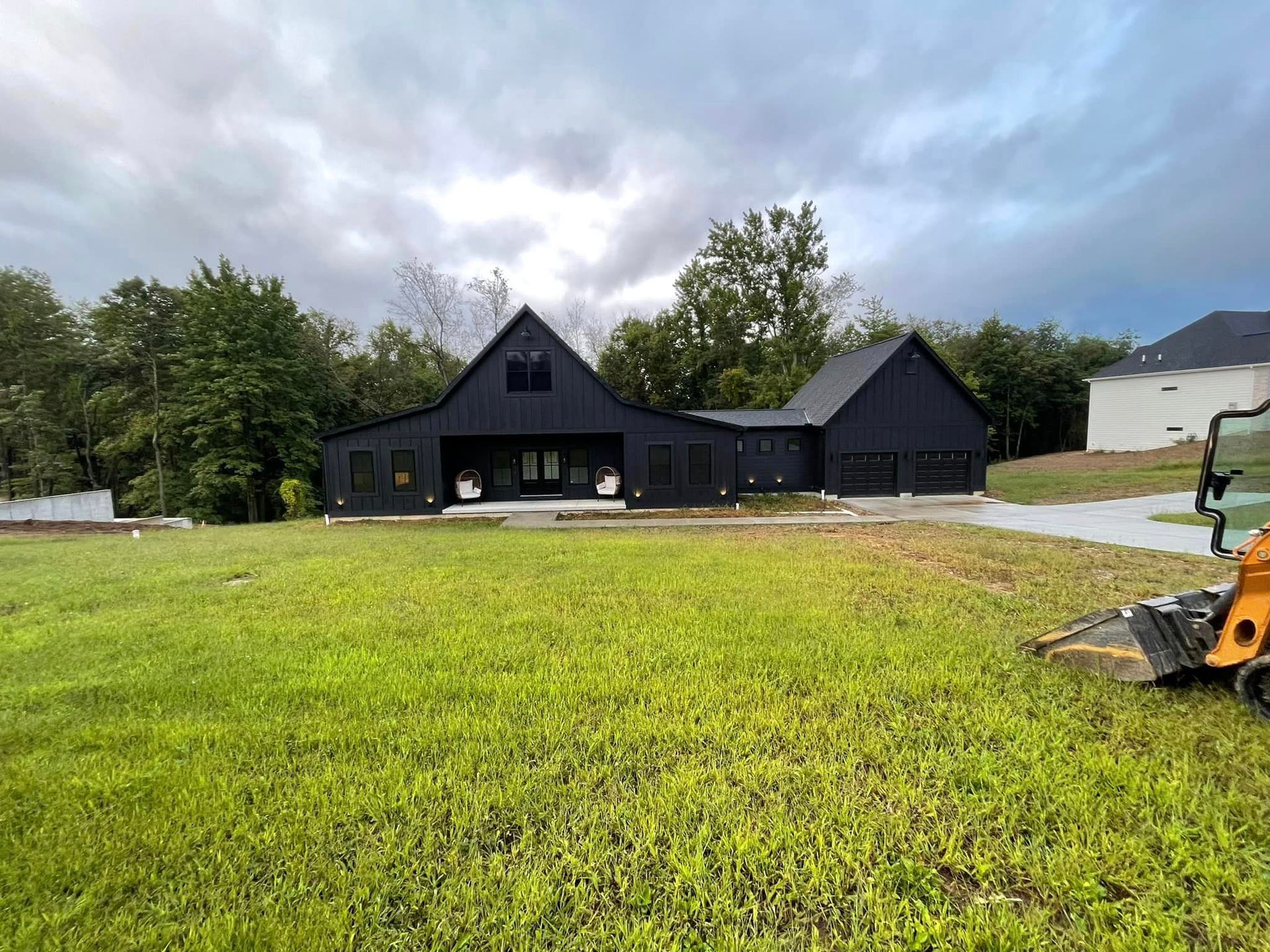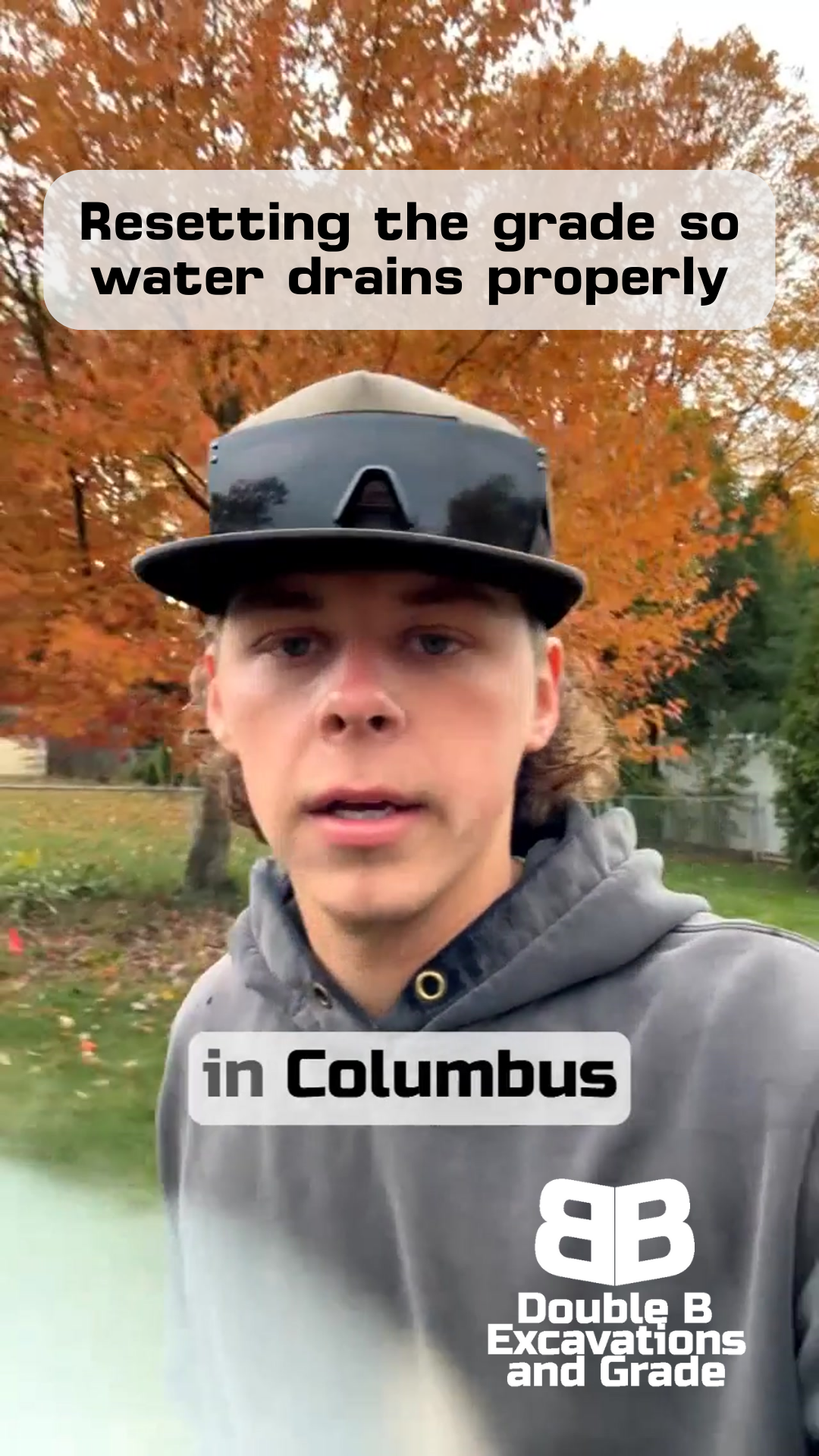Driveway Turnaround Basics: Adapting Plans for Better Results
Double B Excavations & Grade LLC
When Good Plans Get Better
WHY FLEXIBILITY MATTERS IN DRIVEWAY DESIGN
Sometimes the best plans are the ones that evolve.
That's exactly what we discovered this week on our Dublin project, where what started as a simple circular turnaround transformed into something even better.
In this business, being able to adapt and improve as you go isn't just helpful - it's essential.
Every driveway project teaches us something new, and this one reminded us why staying flexible matters.
Sure, we could have stuck to the original plan - it was solid, it would have worked fine.
But when you've been doing this work as long as we have, you learn to spot opportunities for improvement, even if it means changing course mid-project.
Welcome to Double B!
Project Background
Out in Dublin, we started with what looked like a straightforward job: creating a circular turnaround with about 20 feet of space to work with. For most vehicles, that's plenty of room to come in and spin around. It's the kind of project we've done hundreds of times before, and the initial design was solid.
But here's the thing about turnarounds - they're not just about having space to turn your car around. They need to work for everything from your daily driver to delivery trucks, and they need to keep working years down the road. Each property has its own quirks and challenges, and this Dublin site showed us some interesting possibilities we hadn't spotted in the initial planning phase.
When you're dealing with something as permanent as a driveway, taking the time to get it exactly right matters more than sticking to the first plan. That's why we weren't afraid to pause and rethink our approach when we saw a chance to make something good even better.
Understanding the Change
When we talk about changing from a circle to an oblong oval, we're not just changing the shape to be different. This decision came from really looking at how the space would be used. Think about it - when you're turning a vehicle around, you're not actually making a perfect circle. You're making more of a flowing, natural turn.
That's where the oval design comes in. It follows the natural path vehicles take when turning around. Instead of forcing drivers to make tight turns in a circular space, we're creating a more intuitive flow. It's like the difference between trying to fit a square peg in a round hole and actually designing the hole to match how people use it.
The Technical Side
Now, let's talk about how we make this work. Starting with the base - we're bringing in #2 stone for the foundation. There's a reason for this choice. These larger stones lock together to create a stable base that won't shift or sink under the weight of vehicles. This is especially important in turnaround areas where cars are constantly making turning movements.
The preparation process is crucial too. We're cutting back the edges and widening the space before laying down any stone. This isn't just about making room - it's about creating the right transitions and slopes. When you're building something that needs to handle everything from family cars to delivery trucks, you can't cut corners on the prep work.
One thing many people don't realize is that vehicle turning radius isn't just about the space you need while moving. You need to account for different wheelbases, turning angles, and even driver comfort levels. That's why we're particular about these measurements. The difference between a 20-foot circle and a properly sized oval can mean the difference between a tight squeeze and a comfortable turn.
Adapting Plans in Real Time
Here's something we've learned over years of doing this work: being willing to adapt your plans doesn't mean the original plan was wrong. Sometimes you just spot a better way to do things once you're actually on site. That's exactly what happened in Dublin this week.
Having an empty driveway to work with made this kind of adjustment possible. With no vehicles to work around, we could really see how the space could be better utilized. It's like having a blank canvas - you can step back, visualize the possibilities, and make smart changes before anything's set in stone (literally).
Results and Benefits
The end result here isn't just about having more space - it's about having the right kind of space. An oblong oval turnaround means:
- More natural turning movements
- Easier maneuvering for larger vehicles
- Better flow for everyday use
- Reduced wear and tear over time
Looking Forward
Whether you're planning a new driveway or updating an existing one, remember that the best solutions often come from being flexible and open to improvements. Sometimes what looks good on paper can be made even better once you see the actual space and how it'll be used.
Here in Dublin, what started as a simple turnaround project turned into something that'll serve this property better for years to come. That's what happens when you're willing to adapt and improve as you go.
Need help figuring out the best turnaround solution for your property? We're always happy to come out and take a look. Because at Double B, we believe every project deserves the right solution - even if that means adjusting plans to get there.
